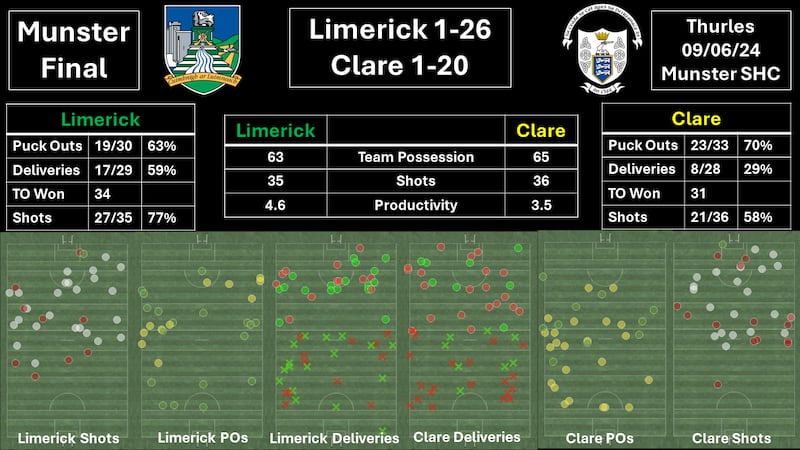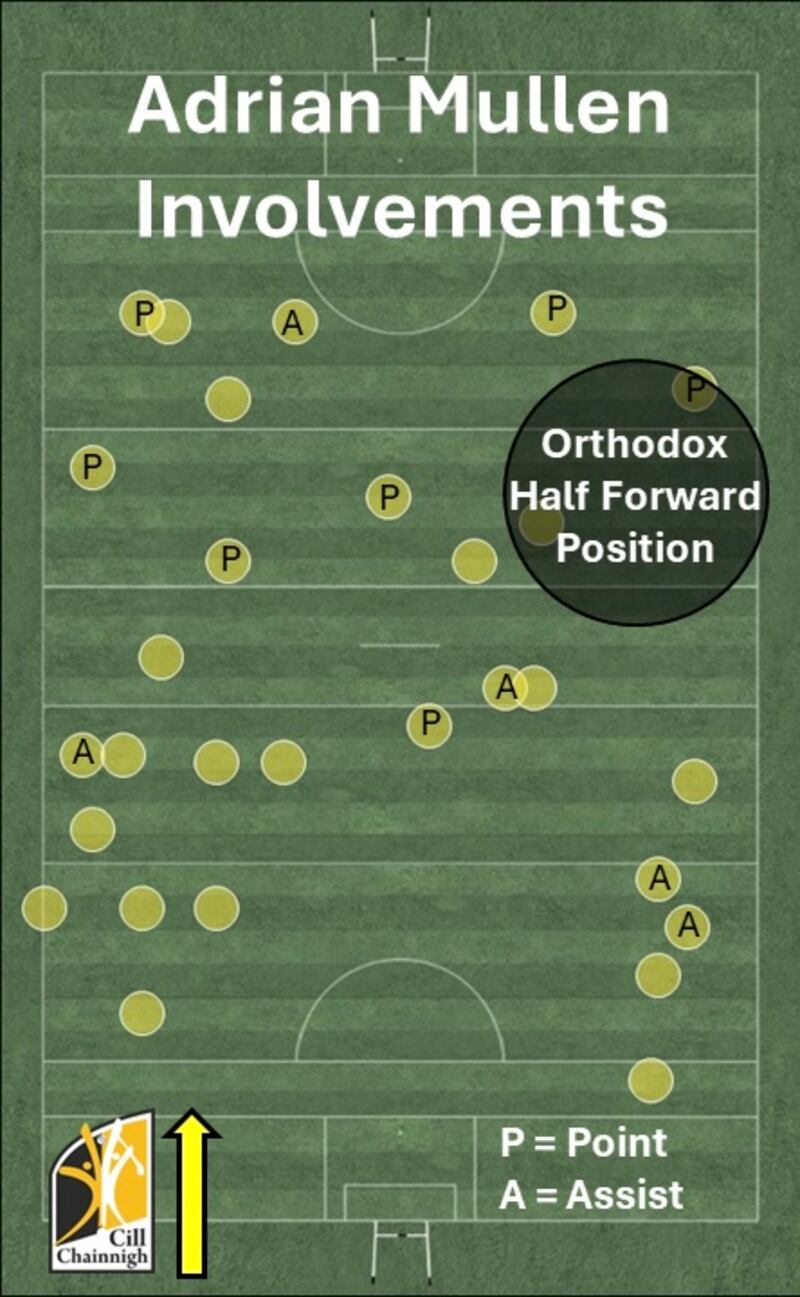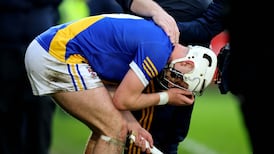This column last week managed to get its predictions on both provincial finals spectacularly wrong. Winners find a way. Maybe there was a romantic element to thinking Clare and Dublin would end long waits for provincial crowns.
There is no ‘Moneyball’ effect in hurling, but if there is, John Kiely, Paul Kinnerk and Sean O’Donnell are the ones who have the algorithm and the means to coach and implement it. Both Limerick and Kilkenny navigated their provincial campaigns and found the shortest route to an All-Ireland semi-final again.
Clare v Limerick
The delivery battle is where this contest was won and lost. Limerick dominated offensively and defensively in this area. There really was a marked difference in how both teams delivered ball to their forwards. In the first half with the wind Clare delivered ball from deep and they only managed to retain 3/11 balls.
Interestingly it was Shane O’Donnell who won all of these, and the Banner scored off all three – with O’Donnell scoring one himself, winning a free and assisting Tony Kelly for a point. These were all in the first 12 minutes, before he was starved of ball and was reduced to venturing out the field to try to get possession and influence the game.
READ MORE
Limerick managed to flood both the delivery zones between the 45 and far 65, and also the landing zones (for longer deliveries). This meant Clare delivered 14 balls from inside their own 45, only winning one of these over the entire game. Limerick were quite happy to allow Eibhear Quilligan strike long and the Clare forwards won none of his five deliveries in play or from frees. In fact one of these deliveries in the 45th minute was landed on Declan Hannon and Diarmaid Byrnes before being delivered back with interest by Kyle Hayes, leading to Gearoid Hegarty’s goal.
Clare won only 8/28 (29%) of their deliveries in total. That accounted for all 20 of the possession turnovers Limerick accrued. The massively concerning thing for Clare is Limerick scored 1-8 from these 20 possessions, as they worked the ball up the field in devastating manner, typically through the lines. Kyle Hayes was at the heart of all this stuff as he hurled on the front foot, assisting 1-5 and scoring 0-2. Limerick, as ever, were outstanding in their transition to attack as they executed sharply when Clare lost possession and were defensively unbalanced in the middle third.

As you can see with a productivity figure of 3.5 (productivity is a measure of scores per every 10 team possessions), Clare will really rue their misses from dead balls. They missed six shots at goal from dead balls by Aidan McCarthy and Tony Kelly. They shot 57% from dead balls, no where near what is required to beat this Limerick side. Clare also failed to execute three really good goal chances, as Nickie Quaid spectacularly thwarted Mark Rodgers and Aidan McCarthy, while the post denied another Rodgers effort. All these missed opportunities stopped the Clare push from gaining momentum at various stages in the game.
Another interesting aspect of the encounter was how differently Colm Lyons refereed the battle between Conor Cleary and Aaron Gillane compared to the first meeting in Ennis. In the round robin game, he let them at it and penalised both equally for their off ball grappling. However, he deemed Cleary to foul Gillane on three occasions without Gillane having possession. Gillane himself converted 0-2 from these frees won. While there was another advantage to Gillane after a high catch, but the free didn’t accrue as Gillane handed the ball off to David Reidy to convert a point.
Dublin v Kilkenny
Adrian Mullen gave a masterclass on his return to the Kilkenny starting team in the Leinster final. It is difficult to fully quantify the impact of the Ballyhale man, because his roaming role creates so much space for teammates to exploit, and also presented Dublin with questions that aren’t easily solved.
Before he was withdrawn by Derek Lyng after 63 minutes, he amassed 0-7 from 10 shots at the goal. He also assisted another 1-4, 1-2 of which were short sharp executions to men in better positions. Interestingly another 0-2 came from long deliveries into the inside line to Mossy Keoghan from inside his own half. He actually delivered ball long to the inside line from inside his own half five times in the encounter.

He had 24 possessions, an intercept and two tackles deep in his own half, which led to a Dublin wide and a turnover. As you can see from his possession map he was all over the field. He starts at wing forward but he seeks work in all areas of the field.
This presented a big problem for Dublin, as he dropped deep to get involved in play and thus presented the Dublin half back line with a challenge of either pushing up or sitting back. In the first half this left Paddy Doyle in no man’s land on several occasions, caught between Mullen and where Mullen delivered ball to.
In the second half Daire Gray was tasked with man marking him and was pulled and dragged all over the pitch, unbalancing the Dublin defensive shape. Both scenarios were exploited by Kilkenny, as the likes of John Donnelly and Cian Kenny prospered in the areas vacated by Mullen, while there were other spaces left higher up field for the likes of TJ Reid and Eoin Cody.
The connectivity of Mullen with his Ballyhale team-mates is another intriguing aspect of his play, as he received five passes from Richie Reid and two passes from TJ Reid, while he distributed three passes to his club mates.
Mullen wasn’t the only Kilkenny man who dropped deep seeking work, as John Donnelly, Billy Ryan and at times Eoin Cody dropped back considerably as they suffocated the Dublin midfield and attack at any opportunity.
It is difficult to know based on how Kilkenny set up that if a game with Limerick materialised, would the Cats be able to work ball out as easily as they did against Dublin. Based on how Limerick swallowed Clare up at the weekend, other teams still have a bit to do to stop the drive for five.
There is lot of hurling to be played yet before a final, but the championship will be down to four teams within the fortnight. It appears that there is little change in the landscape ahead.
Paul O’Brien is a performance analyst with The Performance Process (twitter.com/NoPlanBGAA).















